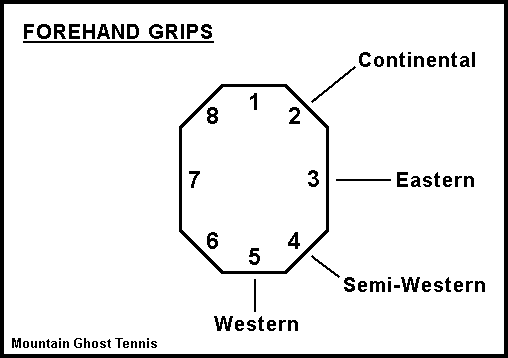nickellwood
New User
Hi guys,
I'm recently having massive problems with my first and second serve percentages at the moment, which is effectively killing me in sets as I'm being broken constantly and losing matches as a result.
By reading around these forums a little bit, I'm trying to find advice to help me with my serves. Instead of using my 'natural grip' for my serve, I'm trying to go back to basics and I've began using a continental grip, with my index knuckle on the second bevel. The only thing is, is that it feels quite hard to get used to.
Despite it feeling a bit strange, I have noticed a few more first serves going in, however I feel that I have a lost a little bit of MPH.
Is this normal, and do most club players, "pros" play with this grip? Cheers
I'm recently having massive problems with my first and second serve percentages at the moment, which is effectively killing me in sets as I'm being broken constantly and losing matches as a result.
By reading around these forums a little bit, I'm trying to find advice to help me with my serves. Instead of using my 'natural grip' for my serve, I'm trying to go back to basics and I've began using a continental grip, with my index knuckle on the second bevel. The only thing is, is that it feels quite hard to get used to.
Despite it feeling a bit strange, I have noticed a few more first serves going in, however I feel that I have a lost a little bit of MPH.
Is this normal, and do most club players, "pros" play with this grip? Cheers

